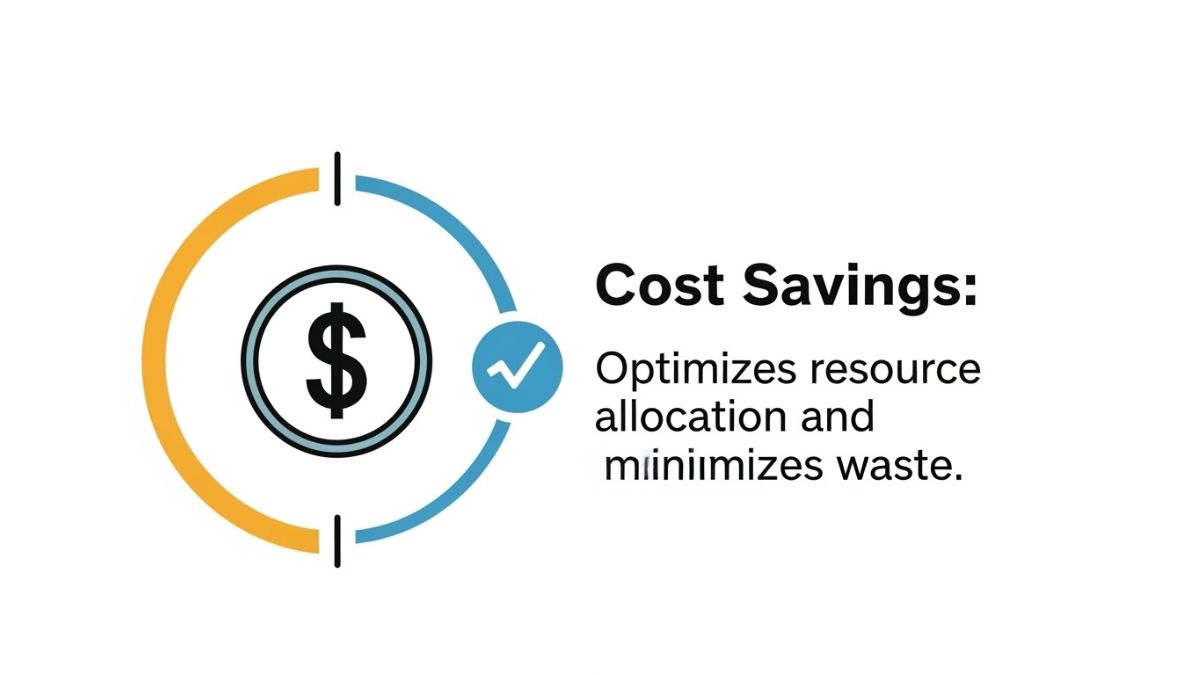An HVAC system is responsible for keeping indoor spaces comfortable by regulating temperature and air quality. One of the essential components of an HVAC system is the line set, which plays a critical role in transferring refrigerant between the indoor and outdoor units. Without a properly functioning line set, the efficiency of heating and cooling systems can be compromised, leading to poor performance and increased energy consumption. We will explore how HVAC line sets work, their components, installation considerations, and their impact on system efficiency. A well-installed and maintained line set ensures an HVAC system operates reliably, providing consistent heating and cooling for residential and commercial spaces. Understanding the role of line sets in HVAC systems helps homeowners and businesses make informed decisions about installation, maintenance, and system performance.
Ways HVAC line sets work
- The Function of an HVAC Line Set in Refrigerant Circulation
A line set consists of two copper pipes that facilitate the movement of refrigerant between the indoor and outdoor units of an air conditioning or heat pump system. One pipe, the suction line, carries low-pressure refrigerant vapor back to the compressor, which is compressed and prepared for the subsequent cooling or heating cycle. The second pipe, the liquid line, transports high-pressure liquid refrigerant from the outdoor condenser to the indoor evaporator coil, which absorbs heat from the indoor air. This continuous cycle allows an HVAC system to regulate indoor temperature by transferring heat from one location to another. Without a properly functioning line set, the efficiency of refrigerant circulation is compromised, leading to temperature inconsistencies and increased energy costs. The correct sizing of the line set is also essential, as improperly sized pipes can restrict refrigerant flow and reduce system performance. Proper insulation on the suction line prevents heat loss and condensation, ensuring the system operates efficiently. A well-installed and well-maintained line set contributes to a smooth and effective heating and cooling process, allowing the system to perform optimally throughout its lifespan.
- Materials and Components Used in HVAC Line Sets
HVAC line sets are typically made from copper due to its durability, corrosion resistance, and excellent heat transfer properties. Copper pipes are preferred because they can withstand the high pressure and temperature variations in refrigerant circulation. The suction line is usually more prominent in diameter than the liquid line to accommodate the movement of refrigerant vapor. In comparison, the fluid line is smaller to facilitate the flow of liquid refrigerant. Insulation is another critical component of a line set, as it prevents condensation buildup and heat loss, especially in warm climates where temperature differences can cause moisture to form on exposed pipes. Some line sets also include pre-flared fittings to simplify installation and reduce the risk of leaks. In addition to copper pipes and insulation, a properly installed line set requires secure connections, refrigerant-compatible sealing materials, and protection against physical damage. The materials used in a line set directly impact the heating and cooling system’s efficiency, longevity, and overall performance.
- Installation Considerations for HVAC Line Sets
Installing a line set requires careful planning to ensure proper refrigerant flow and system efficiency. One of the most important factors to consider is the length and routing of the line set, as excessively long or improperly routed pipes can cause pressure drops and reduced performance. The installation should also minimize sharp bends and kinks in the pipes, as these can obstruct refrigerant movement and lead to inefficiencies. Proper support and securing of the line set prevent vibrations that could damage the pipes or create leaks over time. Insulating the suction line is essential for avoiding condensation and maintaining the temperature of the refrigerant as it travels between the indoor and outdoor units. Refrigerant leaks can occur if connections are not correctly sealed, leading to system malfunctions and reduced efficiency. During installation, it is essential to ensure that the line set is clean and free from contaminants, as dirt and debris can cause blockages in the system. A well-installed line set contributes to an HVAC system’s long-term reliability and efficiency, reducing the likelihood of performance issues or costly repairs.
- The Impact of HVAC Line Sets on Energy Efficiency
The efficiency of an HVAC system depends on the proper functioning of its components, including the line set. If the line set is undersized, poorly insulated, or damaged, the system may struggle to maintain the desired indoor temperature, resulting in higher energy consumption and increased utility bills. A properly installed and insulated line set minimizes energy losses, allowing the refrigerant to circulate efficiently and maintaining consistent performance. Over time, wear and tear on the line set can lead to refrigerant leaks, reducing system efficiency and contributing to environmental concerns. Regular maintenance and inspections can help identify potential issues before they lead to significant energy losses. Upgrading to higher-quality line sets with improved insulation and materials can enhance system efficiency, providing long-term savings and improved comfort. Properly selecting, installing, and maintaining a line set ensures the system operates at peak efficiency while reducing unnecessary energy waste.
An HVAC line set is a critical component that ensures the smooth and efficient operation of a heating and cooling system. By facilitating the movement of refrigerant between indoor and outdoor units, a properly installed and maintained line set contributes to system efficiency, energy savings, and long-term performance. Factors such as material quality, insulation, installation techniques, and regular maintenance play a significant role in the effectiveness of the line set. Addressing common issues such as refrigerant leaks, insulation wear, and blockages helps maintain system reliability and prevents costly repairs. As HVAC technology advances, line set materials and design improvements continue to enhance efficiency and sustainability. Understanding the function and importance of line sets allows homeowners and businesses to make informed decisions that support the longevity of their heating and cooling systems. Proper care and attention to this essential component ensure that an HVAC system provides consistent and reliable comfort for years.











